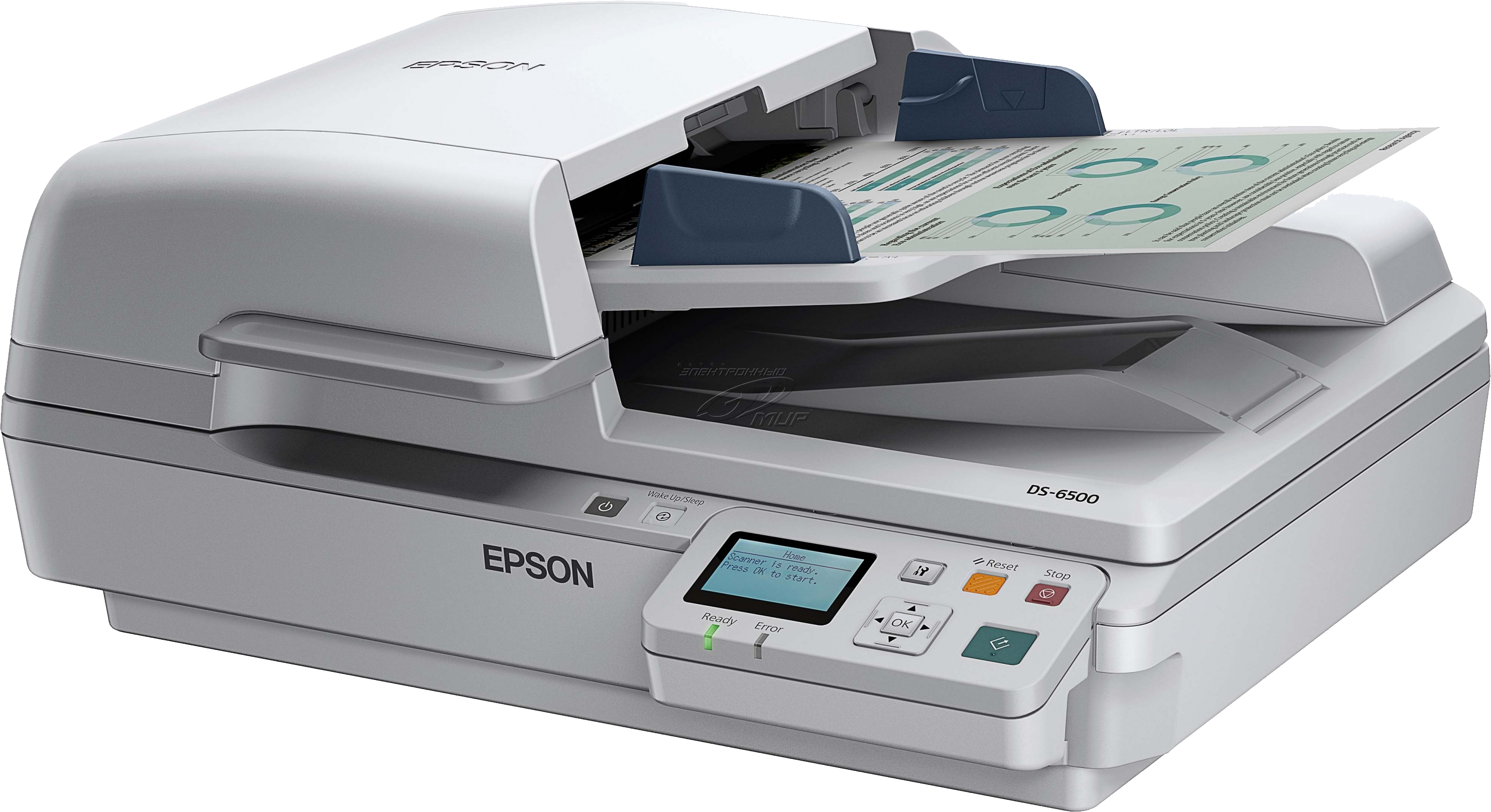
This image has format transparent PNG with resolution 2969x1617.
You can download this image in best resolution from this page and use it for design and web design.
Scanner PNG image with transparent background you can download for free, just click on download button.
An image scanner—often abbreviated to just scanner, is a device that optically scans images, printed text, handwriting or an object and converts it to a digital image. Commonly used in offices are variations of the desktop flatbed scanner where the document is placed on a glass window for scanning. Hand-held scanners, where the device is moved by hand, have evolved from text scanning "wands" to 3D scanners used for industrial design, reverse engineering, test and measurement, orthotics, gaming and other applications. Mechanically driven scanners that move the document are typically used for large-format documents, where a flatbed design would be impractical.
Modern scanners typically use a charge-coupled device (CCD) or a contact image sensor (CIS) as the image sensor, whereas drum scanners, developed earlier and still used for the highest possible image quality, use a photomultiplier tube (PMT) as the image sensor. A rotary scanner, used for high-speed document scanning, is a type of drum scanner that uses a CCD array instead of a photomultiplier. Non-contact planetary scanners essentially photograph delicate books and documents. All these scanners produce two-dimensional images of subjects that are usually flat, but sometimes solid; 3D scanners produce information on the three-dimensional structure of solid objects.
Digital cameras can be used for the same purposes as dedicated scanners. When compared to a true scanner, a camera image is subject to a degree of distortion, reflections, shadows, low contrast, and blur due to camera shake (reduced in cameras with image stabilization). Resolution is sufficient for less demanding applications. Digital cameras offer advantages of speed, portability and non-contact digitizing of thick documents without damaging the book spine. In 2010 scanning technologies were combining 3D scanners with digital cameras to create full-color, photo-realistic 3D models of objects.
In the biomedical research area, detection devices for DNA microarrays are called scanners as well. These scanners are high-resolution systems (up to 1 µm/ pixel), similar to microscopes. The detection is done via CCD or a photomultiplier tube.
Color scanners typically read RGB (red-green-blue color) data from the array. This data is then processed with some proprietary algorithm to correct for different exposure conditions, and sent to the computer via the device's input/output interface (usually USB, previous to which was SCSI or bidirectional parallel port in older units).
Color depth varies depending on the scanning array characteristics, but is usually at least 24 bits. High quality models have 36-48 bits of color depth.
Another qualifying parameter for a scanner is its resolution, measured in pixels per inch (ppi), sometimes more accurately referred to as Samples per inch (spi). Instead of using the scanner's true optical resolution, the only meaningful parameter, manufacturers like to refer to the interpolated resolution, which is much higher thanks to software interpolation. As of 2009, a high-end flatbed scanner can scan up to 5400 ppi and drum scanners have an optical resolution of between 3,000 and 24,000 ppi.
"Effective resolution" is the true resolution of a scanner, and is determined by using a resolution test chart. The effective resolution of most all consumer flatbed scanners is considerably lower than the manufactures' given optical resolution. Example is the Epson V750 Pro with an optical resolution given by manufacturer as being 4800dpi and 6400dpi (dual lens), but tested "According to this we get a resolution of only about 2300 dpi - that's just 40% of the claimed resolution!" Dynamic range is claimed to be 4.0 Dmax, but "Regarding the density range of the Epson Perfection V750 Pro, which is indicated as 4.0, one must say that here it doesn't reach the high-quality [of] film scanners either."
Manufacturers often claim interpolated resolutions as high as 19,200 ppi; but such numbers carry little meaningful value, because the number of possible interpolated pixels is unlimited and doing so does not increase the level of captured detail.
The size of the file created increases with the square of the resolution; doubling the resolution quadruples the file size. A resolution must be chosen that is within the capabilities of the equipment, preserves sufficient detail, and does not produce a file of excessive size. The file size can be reduced for a given resolution by using "lossy" compression methods such as JPEG, at some cost in quality. If the best possible quality is required lossless compression should be used; reduced-quality files of smaller size can be produced from such an image when required (e.g., image designed to be printed on a full page, and a much smaller file to be displayed as part of a fast-loading web page).
Purity can be diminished by scanner noise, optical flare, poor analog to digital conversion, scratches, dust, Newton's rings, out of focus sensors, improper scanner operation, and poor software. Drum scanners are said to produce the purest digital representations of the film, followed by high end film scanners that use the larger Kodak Tri-Linear sensors.
On this page you can download free PNG images: Scanner PNG images free download